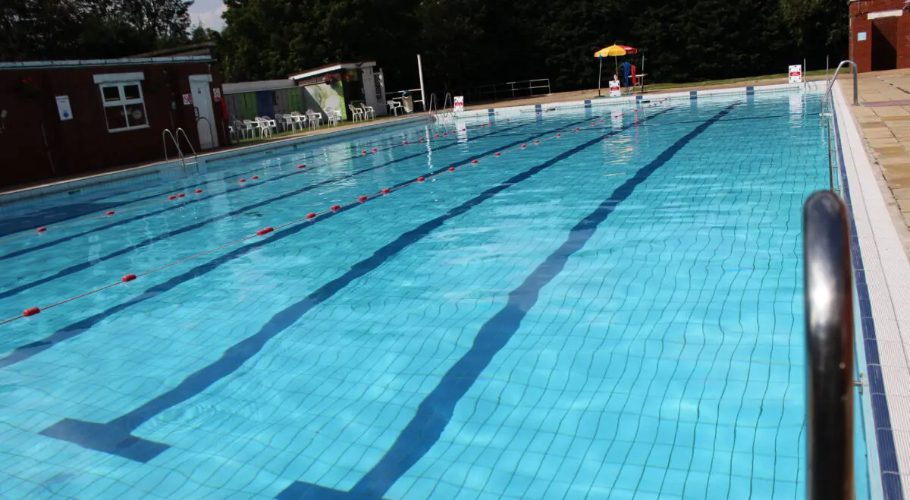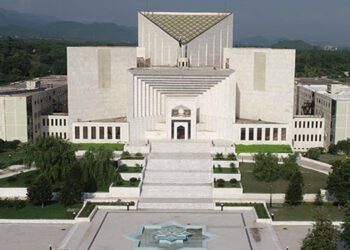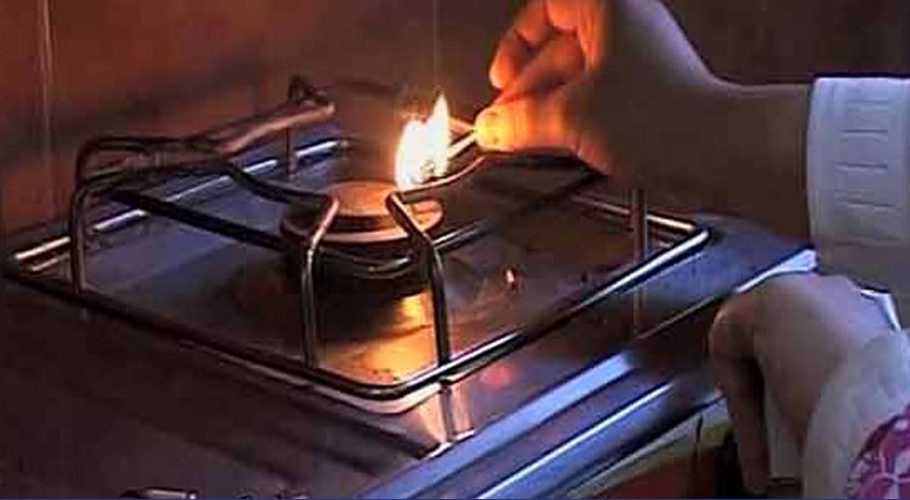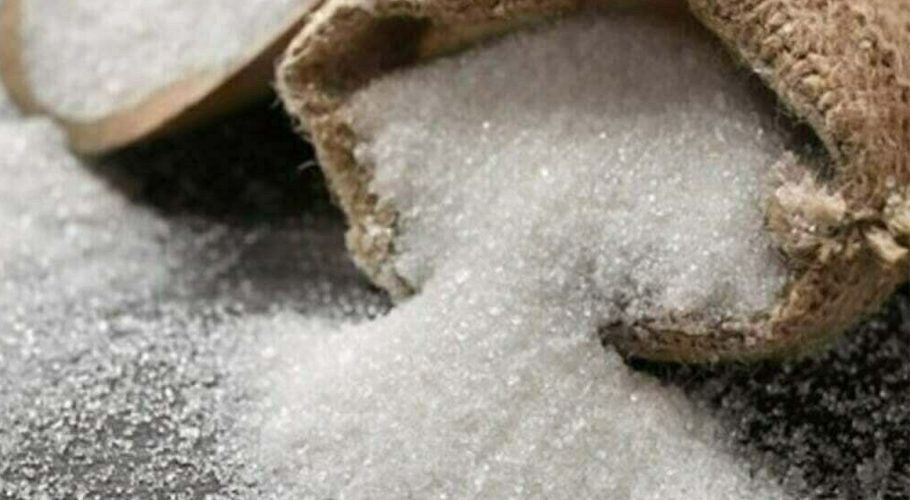The ‘brain-eating amoeba’ Naegleria fowleri has claimed the life of a young man in Karachi.
Salman Ahmed, a 21-year-old resident of DHA, was admitted to a private hospital on 18 June after developing a fever.
A statement by his family member said Salman was swimming at a sports club in DHA when started feeling sick. His symptoms started getting worse on June 22 and he was admitted to ICU and placed on ventilator after the virus was detected in his health reports.
Despite receiving ventilator support, his health continued to deteriorate and he passed away on Thursday, July 6. The samples collected from the pool showed low chlorine levels, raising health concerns and low standards by clubs.
This total number of deaths from the fatal disease now stands at six. Four of these cases occurred in Karachi, while Quetta and Hyderabad each reported one case each.
What is Naegleria fowleri?
Naegleria fowleri is an amoeba that lives in warm and shallow bodies of fresh water, such as lakes, rivers and hot springs. It also lives in soil. It’s considered a free-living organism because it doesn’t need a host to live.
People who become infected by this amoeba develop a condition called primary amoebic meningoencephalitis (PAM). PAM is a very serious infection of the central nervous system that’s almost always fatal.
The most common way of being infected by this type of amoeba happens when infected water goes into your nose. From there, the amoeba goes to your brain.
This usually happens when you’re swimming, diving or doing something like water skiing in infected water. The infected water can be heated tap water or swimming pool water that isn’t chlorinated enough. You can’t be infected by swallowing infected water.
The outlook for someone infected with Naegleria fowleri is very poor. Even with treatment, most people die from this condition. Coma followed by death usually happens in a week or 10 days after symptoms and signs begin

































